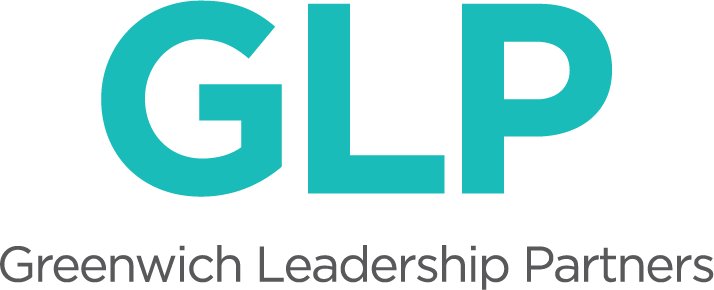Managing the board of trustees as an entity rather than the sum of its parts represents a significant responsibility for any head of school. While there will inevitably be a steady and personal communication stream with some number of individual trustees, the HOS should make an annual goal of ensuring that the board of trustees’ work on the whole is purposeful to the school, personally edifying, and worthwhile overall. In that regard, much of the board’s work comes at or around the yearly group of trustee meetings, numbering as many as ten for day schools or as few as two for boarding schools; most schools, day or boarding, fall somewhere in between those numbers. And it is all too easy to fall into a routine of having the meeting boil down to a few dozen people sitting around a long table listening to reports of past data or events. Indeed, the international consulting firm McKinsey & Company asserts that around 70% of most board meetings—profit and non-profit—are spent listening to past performance presentations rather than focusing on matters crucial to future prosperity.
Nonetheless, if the school is not experiencing a problematic time, it is easy for heads to slip into a routine approach toward board meeting structure, much along the lines that McKinsey reported. For trustees, knowing what happened since the last board meeting and considering issues that have arisen will always have a role in their work; but there are important “forward-looking” tasks that should not be subordinate to the tradition of committees reporting out to the full board. In particular these tasks are not only strategic in the sense that they help the head and administration focus on the future, but the work going forward should be specific enough to raise trustee awareness of the internal challenges of school management.
Specifically, McKinsey promotes the goal of having a significant portion of a board meeting devoted to three areas: strategies for improvement, risk management, and talent review. Going further, I would interpret “strategies” as an implicit recognition that there are always some areas of school operation that could improve (even if they are doing relatively well at present). Risk management suggests a case study analysis—perhaps at every board meeting—which presents a potential crisis, problem, or event that might require board involvement, and certainly board awareness. Finally, talent review offers the opportunity for the head to present to the board current members of the faculty or staff who are particularly critical to the school’s operation, and/or considers the potential for transition should a key member of the school personnel leave or retire. Focusing on any of these subject areas for part or most of a board meeting should push the board into a number of related areas valuable for consideration.
At The Hill School in Pottstown, PA, Headmaster Zach Lehman instituted a kind of flipped classroom environment at the school’s board meetings. Eschewing the sitting around a table listening to reports, Zach gave the board homework to do and then placed the trustees in a classroom, divided into five person teams, and asked to come up with analysis and strategies for the issues and challenges raised in the homework. (Participants were asked to bring their laptops or tablets, and were provided with them, as well as tech support, if they did not.) Each group reported out during the meeting, allowing for a general discussion, and the administration was able to give updates and more information as the “meeting” moved forward. Afterwards, the trustees were part of a video that described the experience of working together in that manner and their reaction of this approach as opposed as the traditional “reporting out” style. Their enthusiasm for the project-oriented classroom approach was unanimous.
When I talked to him about the pros and cons of switching trustee meeting styles, Zach allowed that the time spent preparing for this kind of meeting was considerable, with the planning period being nearly a month out. Still, in his opinion the successful outcome was fully worth the effort. And indeed, while not completely abandoning the “around the long table” tradition, Zach is committed to having more of these classroom sorts of trustee meeting in the future, and he expects the preparation time to diminish as the school adopts this approach more often going forward.
Even if not adopted, the model at The Hill School—which is also being practiced at other schools—deserves consideration as an energizing and effective approach to increasing board involvement, self-knowledge, and decisiveness. There are, of course, other approaches and activities which can achieve the same results, but the critical point is that today’s board of trustees need to balance their consideration of things past with forward-looking activities that both protect the school from future challenges and positions the school to take advantage of opportunities.

